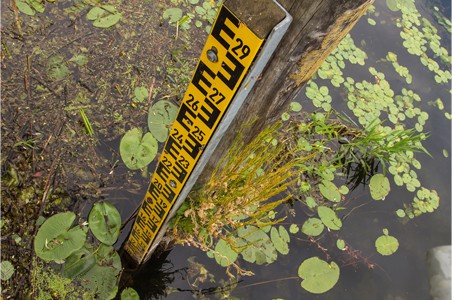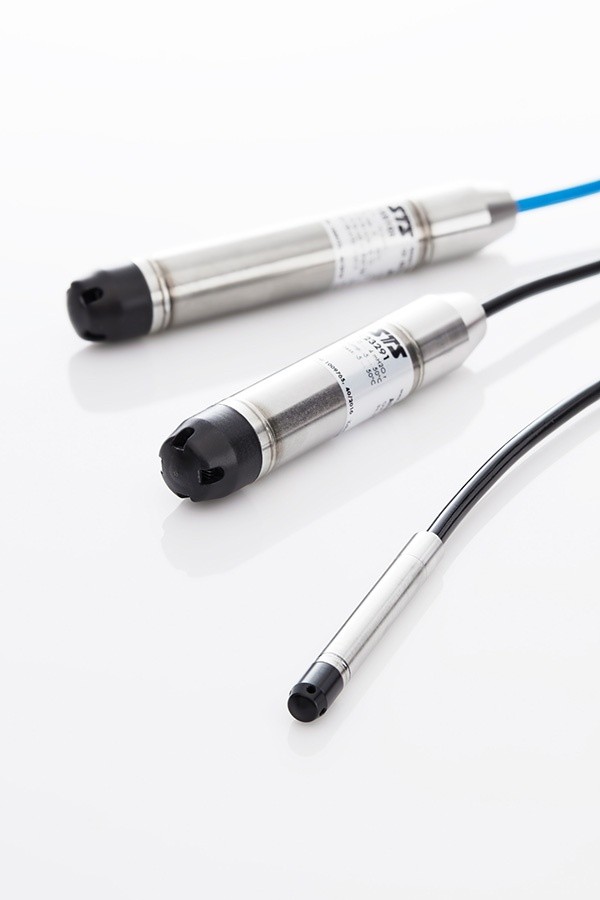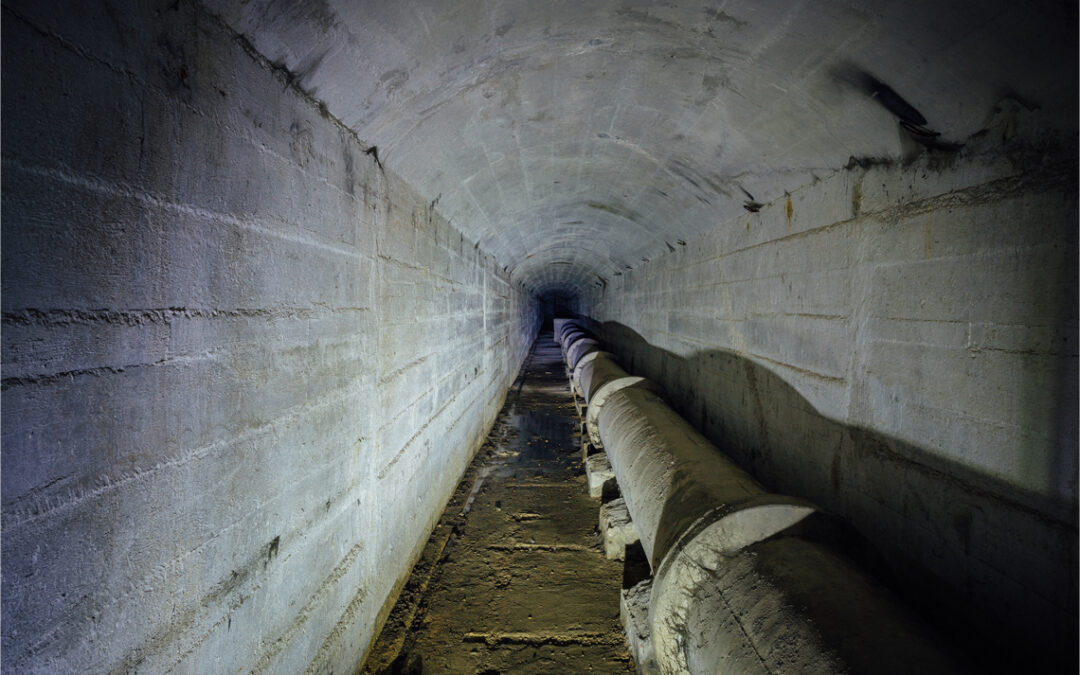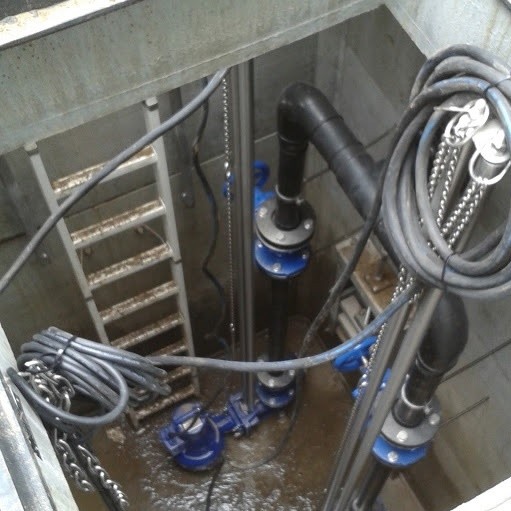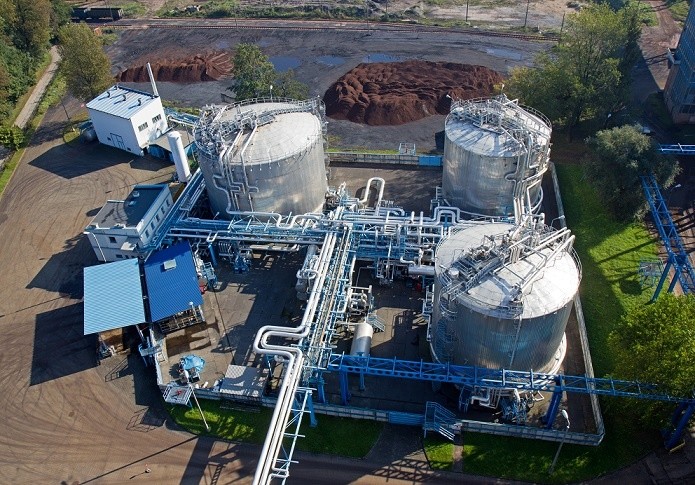
Hydrostatic level monitoring of tanks on piezoresistive basis
Hydrostatic pressure measurement is one of the most reliable and simplest methods for fill level monitoring in liquid-carrying tanks. In the following, we explain how hydrostatic level monitoring works and what users should consider here.
In hydrostatic level measurement, the filling level of a liquid in a container is to be measured. In this case, the force of weight acting on the pressure transducer installed at the bottom of the container is measured. The weight force in this context is termed the liquid column. It increases in proportion to the filling level and acts as a hydrostatic pressure on the measuring instrument. The specific gravity of the fluid must always be considered in hydrostatic level monitoring. The filling height is thus calculated with the following formula:
h = p/sg
In this formula, h stands for the filling height, p for the hydrostatic pressure at the base of the tank and sg is the specific gravity of the liquid.
The actual quantity of fluid plays no role in hydrostatic level monitoring, since only the filling height is decisive. This means that the hydrostatic pressure is identical in a 200 liter tank narrowing towards its base and in a straight sided tank containing 150 liters of liquid, as long as the liquid and the fill height are identical (3 meters, for example).
The simplest application of hydrostatic pressure measurement is when the liquid concerned is water, since the specific gravity can be disregarded altogether here. When a fluid other than water is involved, the pressure transmitter has to be correspondingly scaled to compensate for the specific gravity of that liquid. Once this has been done, the fill level can be determined, as with water, via the hydrostatic pressure on the bottom of the tank. It becomes more complicated when different liquids are used in a single tank. In this case, not only the hydrostatic pressure at the bottom of the tank must be measured, but at the same time the specific gravity of the respective fluid also. We will leave aside the latter case at this point and instead consider hydrostatic pressure measurement in both closed and open tanks.
Hydrostatic pressure measurement in open and closed tanks
With open tanks, it does not matter whether they are above ground or set within it, as long as they have an opening that provides for a balanced air pressure inside and outside the tank. The measurement of the hydrostatic pressure can be carried out without further adjustments at the bottom of the tank. If measurement at the bottom of the tank is not possible, the filling level can also be found by means of a submersible probe, which is fed into the tank with a cable from above.
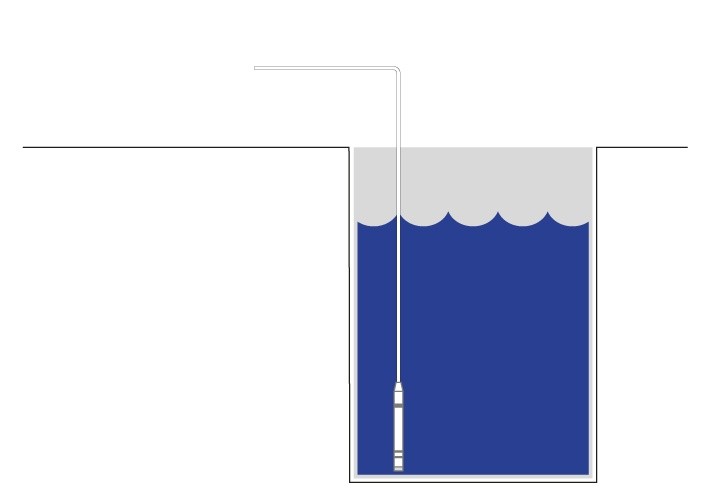
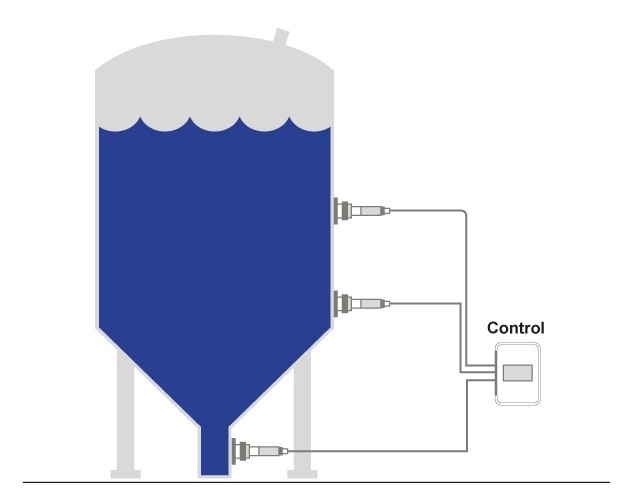
In closed tanks, higher gas pressures often prevail than in the atmosphere surrounding the tank. This gas layer above the liquid increases the pressure on the liquid itself. As a result, the liquid can flow off more quickly and there is also less loss due to evaporation. Tanks sealed from the ambient air are therefore frequently used in the oil and chemicals industries. The gas layer pushing down on the liquid also acts indirectly on the pressure transducer at the bottom of the tank and must therefore be taken into account in order to determine the correct filling level (a higher filling level than the actual would be indicated through this increased pressure). In closed containers, two pressures would therefore have to be measured: The gas pressure and the pressure at the bottom of the tank. The hydrostatic pressure of the fluid results from the difference between the measured gas pressure and the pressure measured at the base. This difference can then be converted into an indication of the fill level of the tank. For this type of application, a differential pressure sensor is generally used.
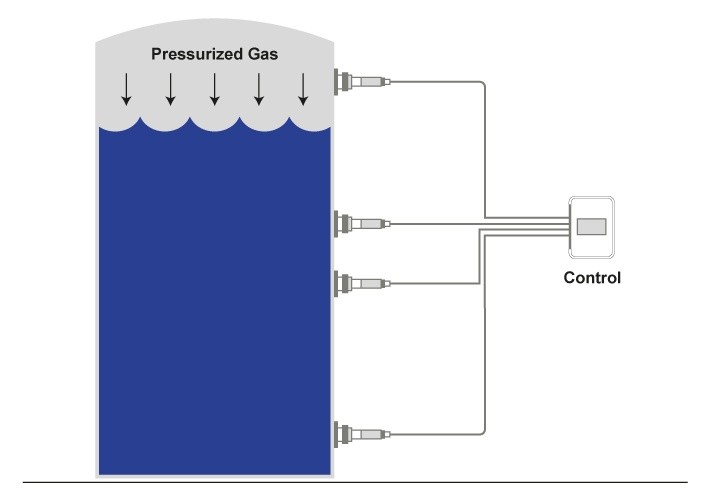
Concluding remarks
In hydrostatic level monitoring of tanks, two factors must always be considered: The type of fluid and the type of tank. The simplest application would be the monitoring of water levels in open tanks, since no adjustments have to be made for this constellation. If, however, a different liquid is involved, then the specific gravity of that liquid must also be taken into account. In addition, a measuring instrument is to be selected that can withstand the properties of the medium concerned. Whereas for most liquids stainless steel is sufficient as a housing material, highly corrosive media may also require different materials.

